Big Plant for Dense Dense Dense Shade
desperationfalls
14 years ago
Related Stories
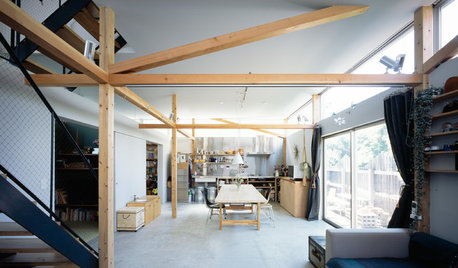
HOMES AROUND THE WORLDHouzz Tour: Sun-Soaked Family Home in a Dense Tokyo District
Clerestory windows wrap around the open-plan first floor of this new home where family and friends gather
Full Story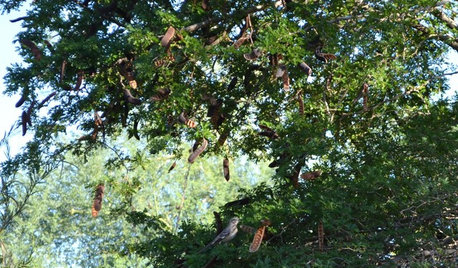
GARDENING GUIDESGreat Design Plant: Ebenopsis Ebano
The dense canopy of Texas ebony’s foliage adds a welcome touch of dark green to the Southwestern landscape
Full Story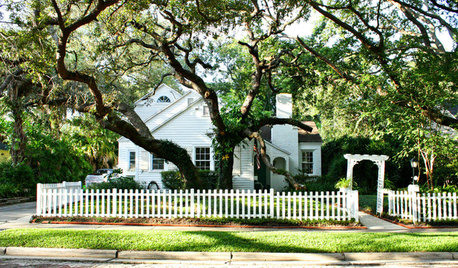
TREESGreat Design Plant: Southern Live Oak Offers an Unbeatable Canopy
Keep it dense or prune it for more light. No matter how you grow Quercus virginiana, it’s a majestic addition to its native landscape
Full Story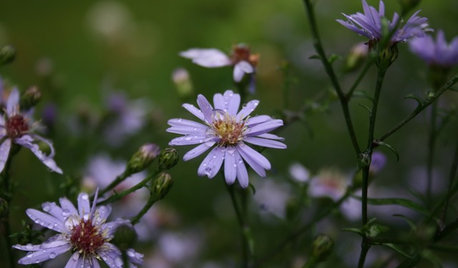
FLOWERS6 Overlooked Asters for Tough Spots
Whether your garden has baking sun or dry dense shade, boggy soil or sandy gravel, there's an aster for that
Full Story
LANDSCAPE DESIGNGreat Design Plant: Retreat to the Shade of Hardy Catalpa
Big foliage and a towering height provide a shady respite in summer, but that's not all hardy catalpa offers dedicated gardeners
Full Story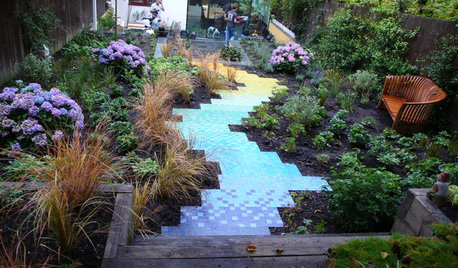
LANDSCAPE DESIGN24 Garden Paths to Inspire Memorable Journeys
Winding or straight, narrow or wide, densely or sparsely planted — there’s more than one way to design a walk
Full Story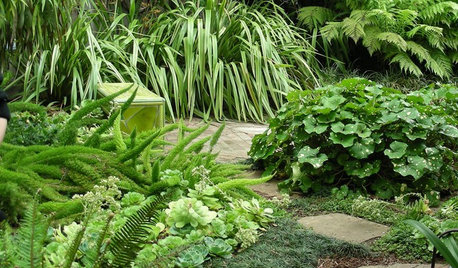
PLANTING IDEAS8 Sumptuous Shade Garden Plant Combinations
Enjoy these plant combinations made for spots with varying levels of shade and different garden zones
Full Story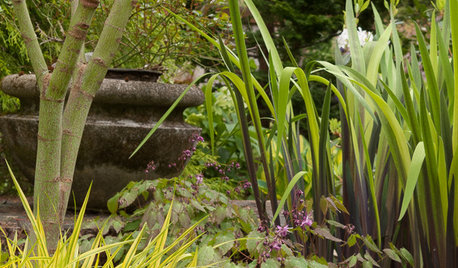
PLANTING IDEASA Great Spring Plant Combo for Dappled Shade
Time these ephemeral beauties right to watch them play off one another under a canopy of deciduous trees
Full Story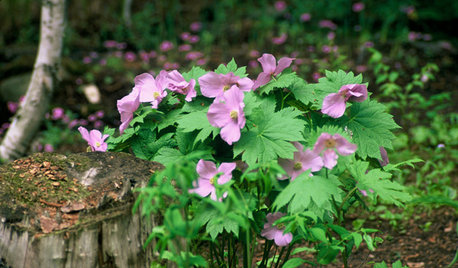
GARDENING GUIDES7 Shade-Loving Rarities of the Plant World
Cultivate a discriminating air in a shady garden patch with these uncommon woodland wonders
Full Story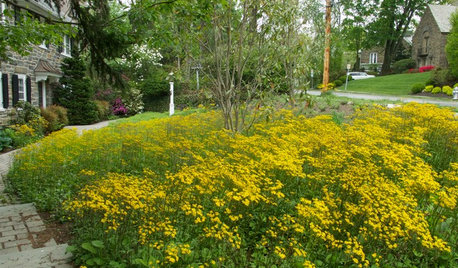
GARDENING GUIDESPackera Aurea Puts On a Springtime Show in Sun or Shade
This vigorous native ground cover welcomes bees with its early-blooming flowers and makes an attractive lawn alternative
Full StoryMore Discussions



WendyB 5A/MA
bill_ri_z6b
Related Professionals
Carlisle Landscape Architects & Landscape Designers · Horsham Landscape Architects & Landscape Designers · Quincy Landscape Architects & Landscape Designers · West Chester Landscape Architects & Landscape Designers · Medford Landscape Contractors · Concord Landscape Contractors · Surprise Landscape Contractors · Ashburn Landscape Contractors · Eureka Landscape Contractors · Kerman Landscape Contractors · Longview Landscape Contractors · Paramount Landscape Contractors · Wheat Ridge Landscape Contractors · Ashland Decks, Patios & Outdoor Enclosures · Portland Decks, Patios & Outdoor Enclosuresdiggingthedirt
diggingthedirt
ego45
tree_oracle
arbo_retum
diggingthedirt
extragalactic
ego45
diggingthedirt
WendyB 5A/MA
desperationfallsOriginal Author
extragalactic
runktrun
ego45
prairiemoon2 z6b MA
ego45